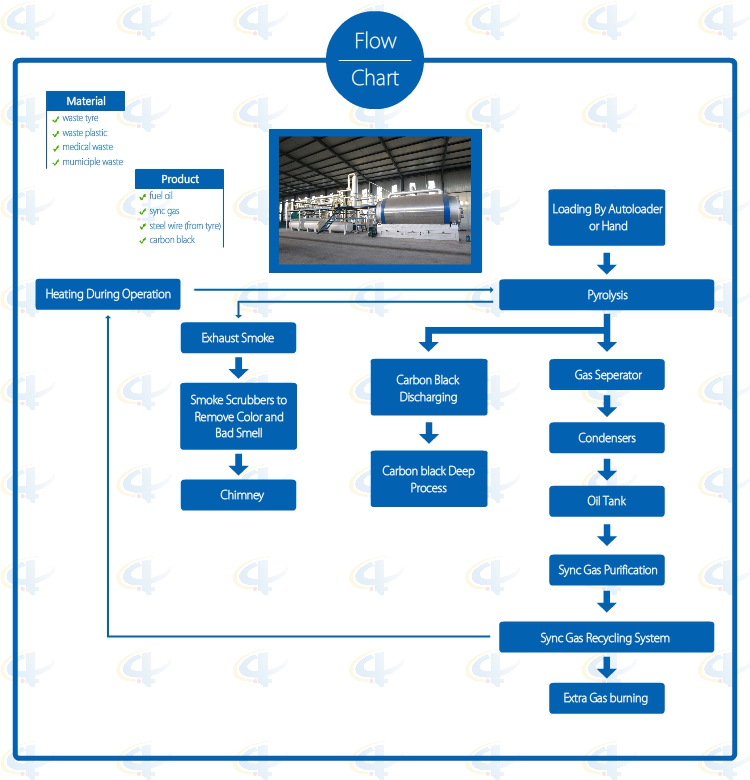Due to the tight global supply of caustic soda, many caustic soda producers in the United States have announced that they have raised their prices for the third time during the year. At the same time, prices in Asia have soared. In the recent Southeast Asian caustic soda import market, the 50% liquid caustic soda import prices are mostly between 500 and 520 US dollars per dry ton (CFR, Southeast Asia), and high-end price transactions have increased slightly. Market participants said that the new round of price increases will begin in June. In the U.S., OxyChem, Dow Chemical and Olin announced in late April that the price of caustic soda will be raised by US$50 from May 1st (dry short ton price, the same below). In May, two more U.S. producers announced an increase in the price of caustic soda by 50 U.S. dollars. In Asia, due to the large earthquake that occurred on March 11th, Japan's production facilities closed, resulting in tight supply in Asia, and strong demand, so that the price of caustic soda all the way up. At present, South Korea and Japan have no cash supply, and all products supply local consumption. China has become the only spot supplier in Asia. Northeast Asia is a major exporter of caustic soda with a capacity of 38.5 million tons per year, which accounts for almost half of global production capacity. According to the price report provided by ICIS, the export prices of caustic soda in Northeast Asia have continuously risen, which is about 50% higher than that at the beginning of the year. As for the main reason for the surge in prices, Oerlikon President Joseph Rupp stated at the earnings conference in the first quarter of this year: “The impact of the earthquake in Japan on the global chlor-alkali industry may continue until 2012. About 13% of Japan’s chlor-alkali capacity will be affected. Earthquake destruction has not yet resumed operation. Another 25% of production capacity is difficult to operate normally due to the interruption of power supply due to the earthquake.†Usually, Japan exports about 500,000 to 750,000 tons of caustic soda each year. Production problems also plague the U.S. market. On April 19, PPG Corporation announced that its caustic soda plant in West Virginia with a capacity of 250,000 tons/year suffered from force majeure due to mechanical failure. Although PPG announced on May 3 that the liquid caustic soda supply in North America returned to normal, the supply of granular caustic soda was still affected. All liquid caustic soda was supplied at 85% of orders until further notice. PPG also has a capacity of 250,000 tons/year caustic soda in Lake Charles, Louisiana. Due to the leakage of chlorine, the Georgia Gulf company's chlor-alkali plant in Louisiana has maintained a loading rate of only about 60% since the beginning of April and is expected to resume normal production in early June. At present, chlor-alkali in the Georgia Peninsula is only available to contract users and is not available from stock.
Waste Tyre Pyrolysis Plant
Pyrolysis Plant is used for recycling waste tire, waste plastic, waste rubber to fuel oil. According to the actual situation in every country and district, we developed different models of Batch Pyrolysis Plants for waste tires, rubber and plastic with daily capacity 5 -10 tons.
Flowchat of Batch Waste Tyre Pyrolysis Plant
Advantages of Batch Waste Tyre Pyrolysis Plant
1. Full open door design: Speedy loading in and steel pulling out; Easily cooling down after one batch finished, saving time; No leaking with special high temperature flexible graphite packing.
2. Unique Craft Condensers: High condensing efficiency with more oil output. Good quality oil, longer lifetime, and easy to clean.
3. National Patent Unique Smoke Scrubbers: More efficient removal of the acid gas and dust of the smoke by neutralization, purification and absorption, environmental friendly without pollution.
4. National Patent Carbon Black Discharging System: Speedy fully enclosed Auto-discharging under high temperature, avoiding carbon black pollution, saving time.
5. Automatic Submerged welding technology, ultrasonic nondestructive testing, both manual and the automatic safety devices.
6. Sync Gas Recycling System: Fully burned after recycling and utilization, saving fuel and preventing pollution.
7. Direct Heating System: Enlarging heating square to lengthen the lifespan of the reactor and easy to control the temperature.
8. National Patent, unique heat insulation shell; high efficiency temperature keeping, excellent energy-saving effect.
Technical Parameter of Batch Waste Tyre Pyrolysis Plant
NO.
ITEM
PROJECT
1
Equipment Model
XY-7
XY-8
2
Door Model
Full Open Door
Full Open Door
3
Suitable Raw Materials
Rubber/Plastic Products
Rubber/Plastic Products
4
Structure
Horizontal Type Revolves
Horizontal Type Revolves
5
Reactor Size
Φ2200*6000mm Φ2600*6600mm
Φ2200*6000mm Φ2600*6600mm
6
Capacity for One Batch
5-6Mt; 8-10Mt
5-6Mt; 8-10Mt
7
Oil Yield of Tires
40%-45%
40%-45%
8
Work Pressure
Normal Pressure
Normal Pressure
9
Reactor Rotation Speed
0.4R/M
0.4R/M
10
Fuels Choice
Coal, Wood
Coal, Wood, Gas, Oil
11
Power
18KW/H
18-25KW/H
12
Cooling Method
Water Cycling
Water Cycling
13
Type of Drive
External Annular Gear
External Annular Gear
14
Heating Method
Direct
Direct
15
Type of Installation
With Foundation
With Foundation/Integrated Base
16
Noise dB(A)
≦85
≦85
17
Operation Mode
Intermittent Operation
Intermittent Operation
18
Total Weight(MT)
25-40
25-40
19
Installation Space Required
30m*10m
30m*10m
20
Manpower
3~4/batch
3~4/batch
21
Shipment
Ф2200×6000=1*40HC+1*40FR
Ф2600×6600=2*40HC+1*40FR
Ф2200×6000=1*40HC+1*40FR
Ф2600×6600=2*40HC+1*40FR
Waste Tyre Pyrolysis Plant,Pyrolysis Plant ,Tyre Pyrolysis,Tyre Recycling Shangqiu Jinpeng Industrial Co., Ltd. , https://www.recyclingthewaste.com
